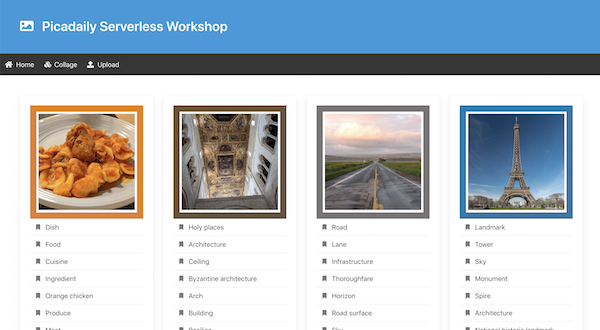New blog location
I started blogging 20 years ago, in April 2003. My first blog engine was a PHP CMS, called Nucleus. I was hosting it on my ISP, at free.fr.
Then in 2011, I wrote my own blog engine, called Bloogaey, which was written in Groovy, using my little Gaelyk web framework, and running on App Engine.
As it became a bit painful to properly format my blog posts, and evolve my blog engine, I decided I should move to something that is more static, with a static site generator that eats Markdown files: I chose the Hugo static site generator that I used in some previous projects. And I’m now hosting the content of my blog in Github Pages, under the glaforge.dev custom domain name.
Read more...
